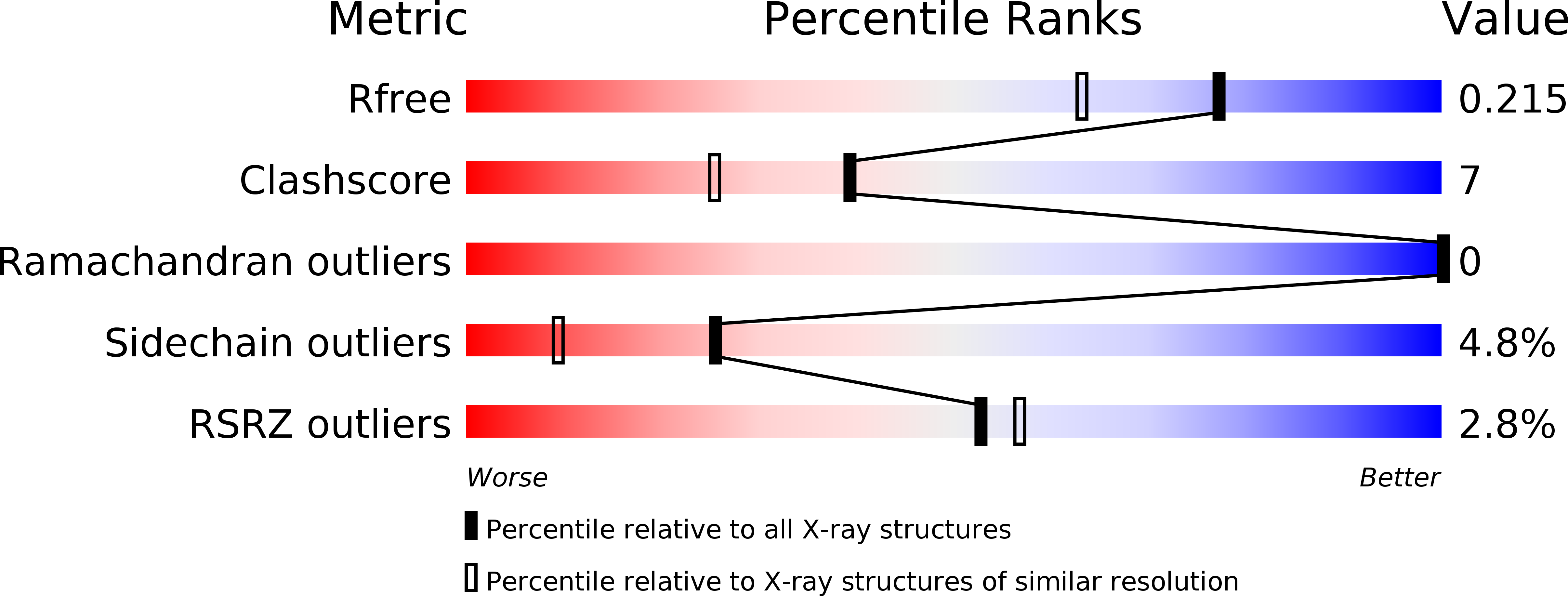
Deposition Date
2011-11-17
Release Date
2012-05-30
Last Version Date
2024-03-20
Entry Detail
PDB ID:
3VKJ
Keywords:
Title:
Crystal structure of Sulfolobus shibatae isopentenyl diphosphate isomerase, octameric form
Biological Source:
Source Organism:
Sulfolobus shibatae (Taxon ID: 2286)
Host Organism:
Method Details:
Experimental Method:
Resolution:
1.70 Å
R-Value Free:
0.21
R-Value Work:
0.18
R-Value Observed:
0.18
Space Group:
P 43 21 2


